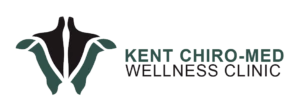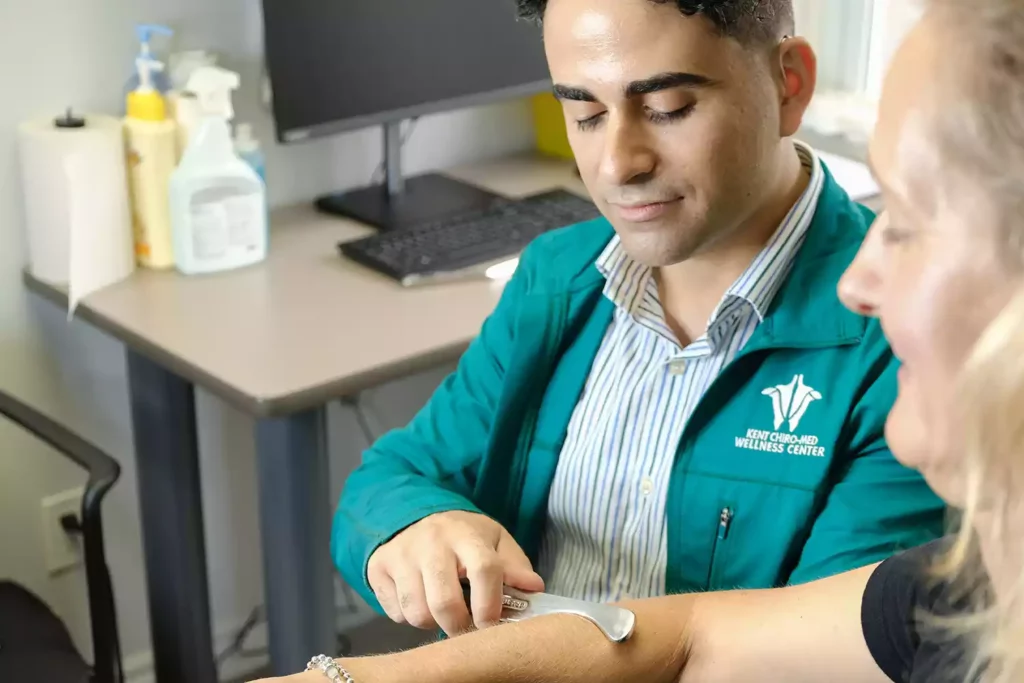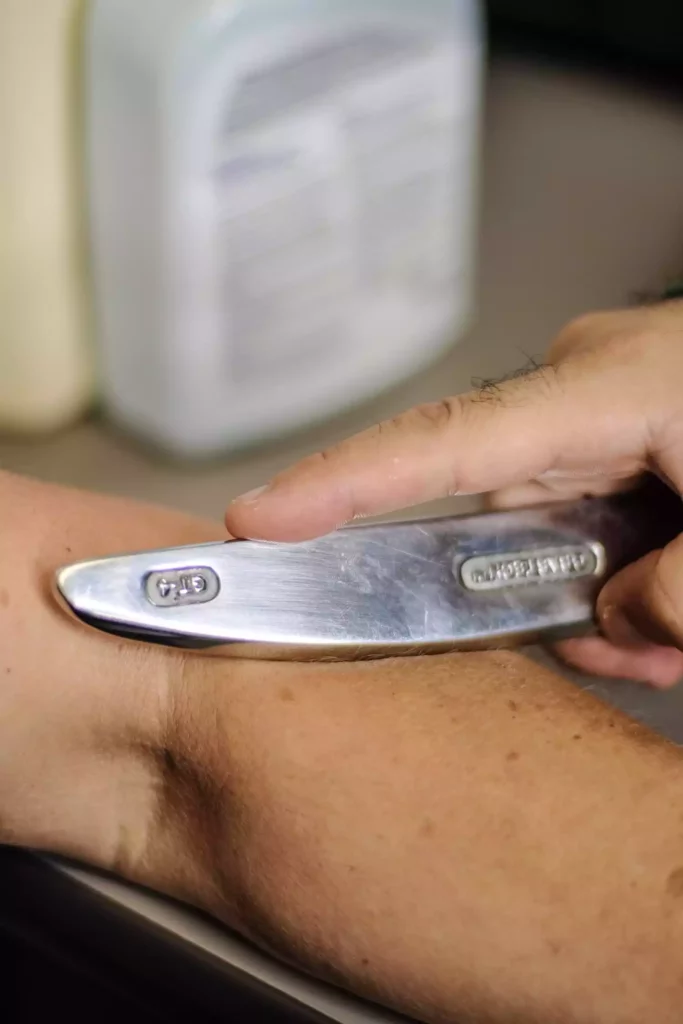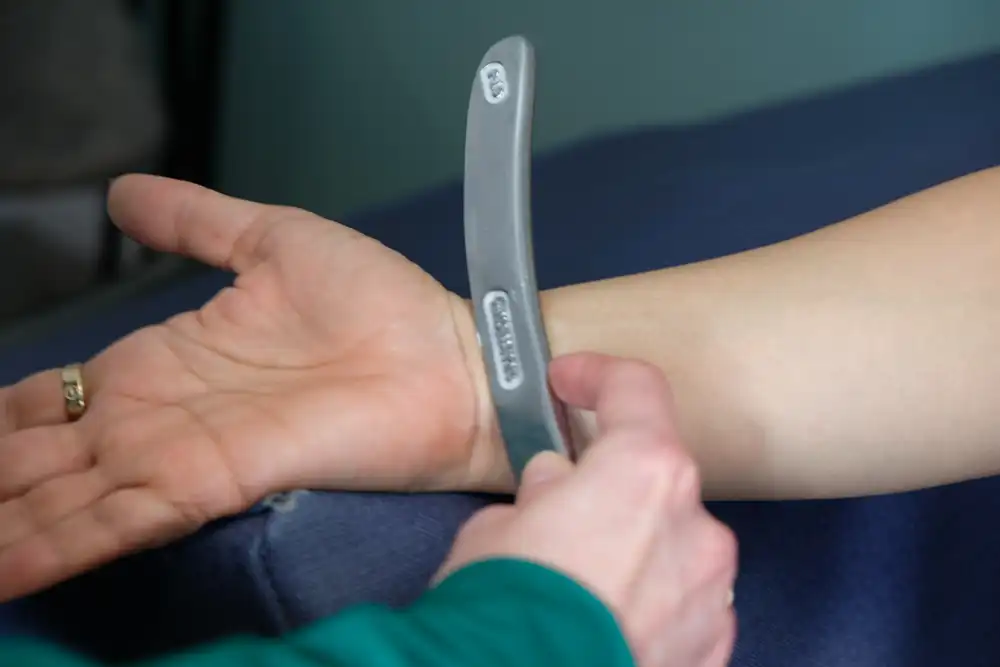If you look up Graston Technique® on the internet, you are most likely going to come across pictures and videos of patients with redness and bruising on their backs. Our patients who have experienced this technique will tell you that, surprisingly, it looks worse than it feels. When the body is in a dormant state (> six months post-trauma or injury), it fails to recover, leading to a stagnant plateau of healing. At this time, the patient’s condition is not going to improve anymore. As a result of that, chronic pain and major functional limitations persist. Therefore, the goal of Graston Technique® is to re-introduce appropriate recovery to a dormant and chronically injured muscle tissue. One way to do that is to break down tight scar tissue that surrounds the muscle and prevents it from relaxing. During the treatment, signs of redness, warmth, bruising, small red dots, and itchiness over the treated areas can be evidenced and are signs of good “controlled” inflammation. With “controlled” inflammation, you are recruiting healing cells to the affected muscle and stimulating them to grow again and do their job. It is possible to apply different levels of pressure on the body, depending on the patient’s comfort level. We always start with light pressure to allow tissue desensitization. When a tissue is desensitized, the patient gets used to the pressure. At that moment, your practitioner can apply more force and depth to the tissue.











